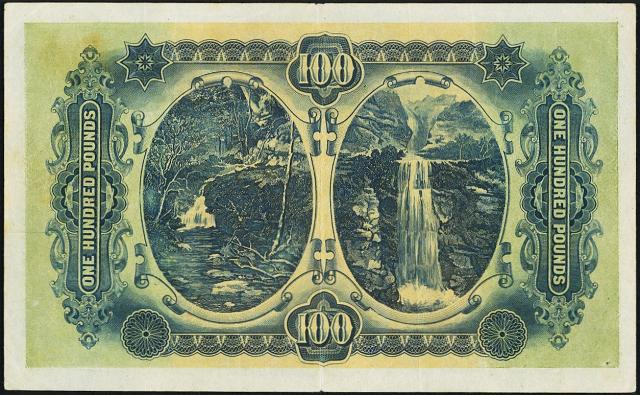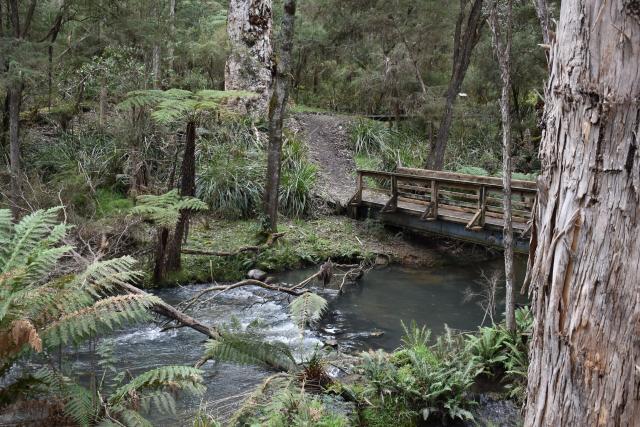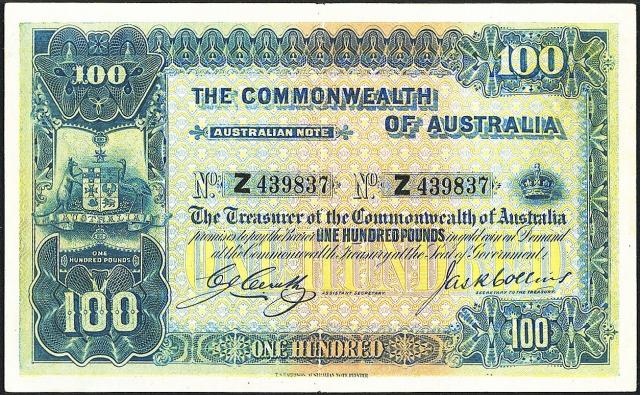By Michael Vort-Ronald and Callum Ludwig
A renowned Australian numismatist, a student of coins and currency, is writing an article on the history of the Australian 100-pound banknote in which the Upper Yarra has historically featured.
Michael Vort-Ronald has self-published several books on Australian banknotes and currency, is an Ex-President and Honorary Life Fellow of the Numismatic Society of South Australia, previously established a Banking and Currency Museum which operated from 1988 to 2008 and has been inducted into the International Bank Note Society Hall of Fame.
Mr Vort-Ronald has written for the Australian Coin Review (ACR) and The Australasian Coin and Banknote Magazine (CAB), with the following article derived from a piece he is working on for the ACR, with his permission.
The origins of the 100-pound banknote can be first traced back to a competition to design the one-pound, five-pound and 10-pound notes back in November 1910, with newspapers around the country reporting on an announcement in the Federal Government Gazette that a 50-pound reward would be paid for the best designs from members of the public submitted by the end of the year.
The Brisbane Courier reported on 9 February 1911 that 40 to 50 entries were received, some ‘tasteful’ and others not so much. It was a W.J Oliver of Mayfield Road, Caulfield who used an unknown image of the Upper Yarra in his winning design for the five-pound note, alongside another image of the Leura Falls in the Blue Mountains of New South Wales.
On the five-pound note, the Upper Yarra scenery is depicted on the right and Leura Falls on the left, which would later be reversed and used for the 100-pound note.
In December 1911, Australian Treasurer Andrew Fisher curated a selection of Australian scenes to be sent to engravers Bradbury Wilkinson & Co., in England to engrave the seven plates for the Australian currency notes, which resulted in the back design of the five-pound note being used for the back of the 100-pound note.
The origins of the Upper Yarra image are a mystery, likely to have been copied from a photograph in a magazine or on a postcard, depicting a small cascade of water running into the Yarra River. Mr Vort-Ronald has dedicated ‘hundreds of hours over 40 years trying to find that original scene without success’ and believes the scenery in question is likely to have been swallowed up in the Upper Yarra Reservoir Park. He looks forward to any potential rediscovery of the original image.









